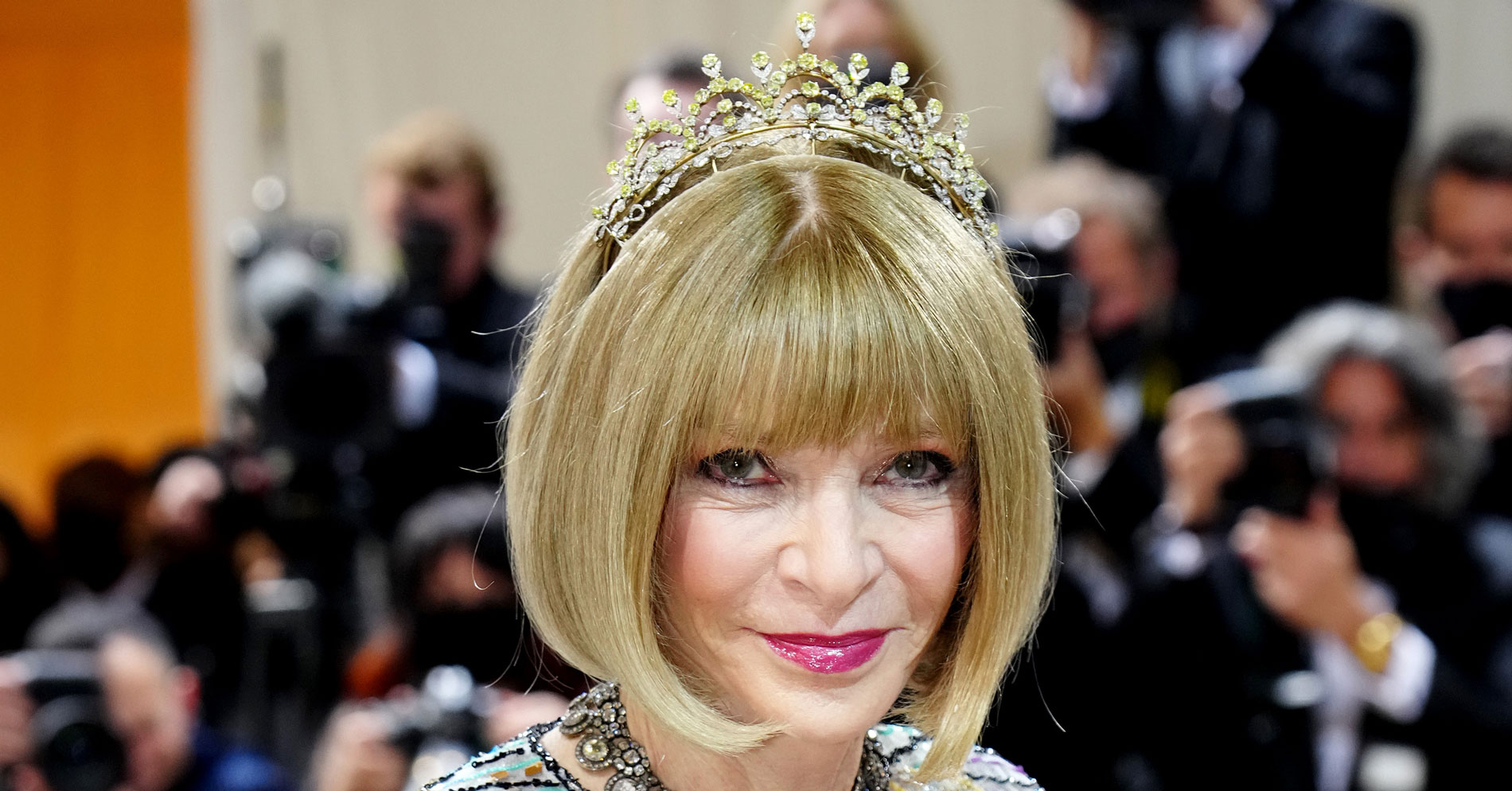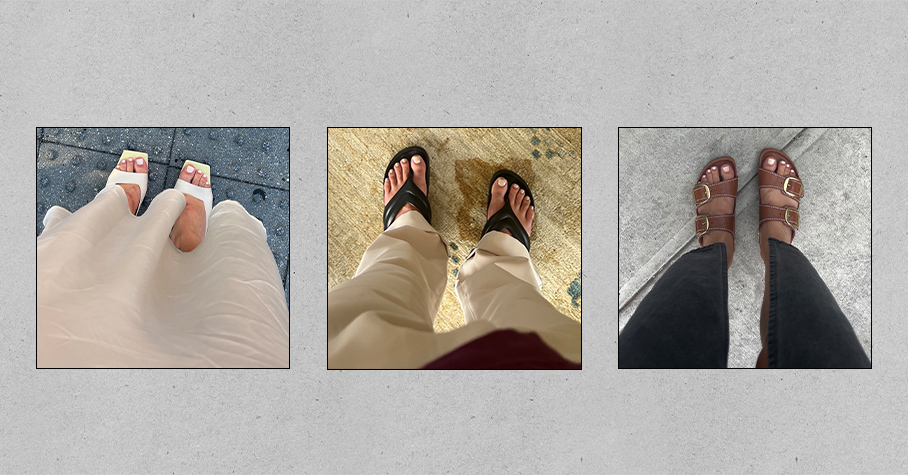It’s Time to Listen to Women in Policing
Women comprise 13 percent of sworn officers and less than five percent of police leadership—a percentage that barely changed in 20 years. A nationwide effort launched Thursday will bring together women from different police departments to discuss how to change that.

Research has proven that better outcomes are achieved when there is diversity of voices, backgrounds, experiences, and contributions at the table. The people most affected by policy or lawmakers’ decisions should be at the heart of the decision-making process.
Nowhere is this more true than in police-community relationships.
Silo-ing people into groups or pitting them against one another simply does not work. All police are not the same. Black people are not a monolith, and women do not exist as a homogenous unit.
So I never presume that just because I worked in leadership in the Baltimore Police Department, the 11th largest police department in the United States, during one of the most consequential times in policing – or that because I am a Black woman I can speak for all Black women across the country, or for sworn officers who put their lives on the line every day.
But what my experience has shown me is that the only way to improve the state of policing is together. Face to face. Hand to hand.
My last role at the Baltimore City Police Department was as Chief, DOJ Compliance, Accountability and External Affairs. I was the primary liaison between the Department of Justice, the police department and the community as we negotiated the consent decree that entered into force in April, 2017.
I worked tirelessly to elevate a diverse swath of voices and I listened to those who had long felt left out of the conversation, which included police on the front lines as well as community representatives.
Youth and women were at the top of that list.
I started a Police Commissioner’s Youth Advisory Board and a Women in Law Enforcement group to listen and learn. I worked with the Fraternal Order of Police union president, attended community meetings, and spoke with police officers. At every turn, I felt the urgency and necessity of bringing more under-represented people into my solution-focused work.
At many community meetings I attended, residents asked for transparency. For instance, why was it so hard to get data on police interactions where force was used?
Too often police departments faced roadblocks of antiquated data systems which further delayed information sharing and deteriorated community trust.
The importance of data to both communities and police departments, and the opportunity to continue my work to uplift underrepresented voices, led me to a public safety technology company called Mark43 whose mission aligned with my goals.
I did not want to affect one department; I wanted to help the whole profession and the communities they served.
While Mark43 is a technology company, we are committed to being part of the solution to the challenges that law enforcement face. This includes supporting the critical work of helping police departments look like the communities they serve.
Recently, Mark43 became a major supporter of the 30×30 Initiative, a national effort housed in the New York University School of Law Policing Project, to advance women in policing.
Women only make up 13 percent of sworn officers and less than five percent of police leadership. These numbers have remained stagnant for nearly 20 years.
This should not be the case: research has shown that women officers are less likely to use force or excessive force, are less likely to be involved in lawsuits, and are skilled in interpersonal communication, leading to positive community interaction and better public safety outcomes overall.
On March 31, Mark43 and 30×30 launched the first in a series of listening sessions that bring together women from different police departments to discuss and aggregate issues affecting women officers, and identify ways to address them.
Each stop across the country, co-hosted by Mark43 and 30×30, is designed to capture actionable insights to attract more women to law enforcement careers and support their professional development.
Following the focus groups, Mark43 and 30×30 will share findings and additional recommendations for police departments.
Currently, more than 150 police agencies in the U.S. and Canada have taken the 30×30 pledge: a commitment to increase the representation of women in police recruit classes to 30 percent by 2030. I believe these actionable steps will help police departments to recruit and retain women.
We are hopeful that this partnership between Mark43 and 30×30 will tackle this head-on, and that we will all reap the benefits of more female representation in law enforcement.

Ganesha Martin
Everything I do daily is based on challenges I witnessed firsthand in Baltimore City that I know police and communities across the country continue to face.
I wake up every day committed to finding solutions to those issues for those wearing uniforms working on the front lines and those living in communities on the front lines.
A lofty task? Maybe, but I know that working with those most impacted is the only way to make true change.
Additional reading: Duluth’s 1st female police chief found delicate balance between personal life, job Atlanta Constitution
Ganesha Martin is currently Vice President of Public Policy and Community Affairs for leading cloud-native public safety software company Mark43.

 Landwebs
Landwebs 


















